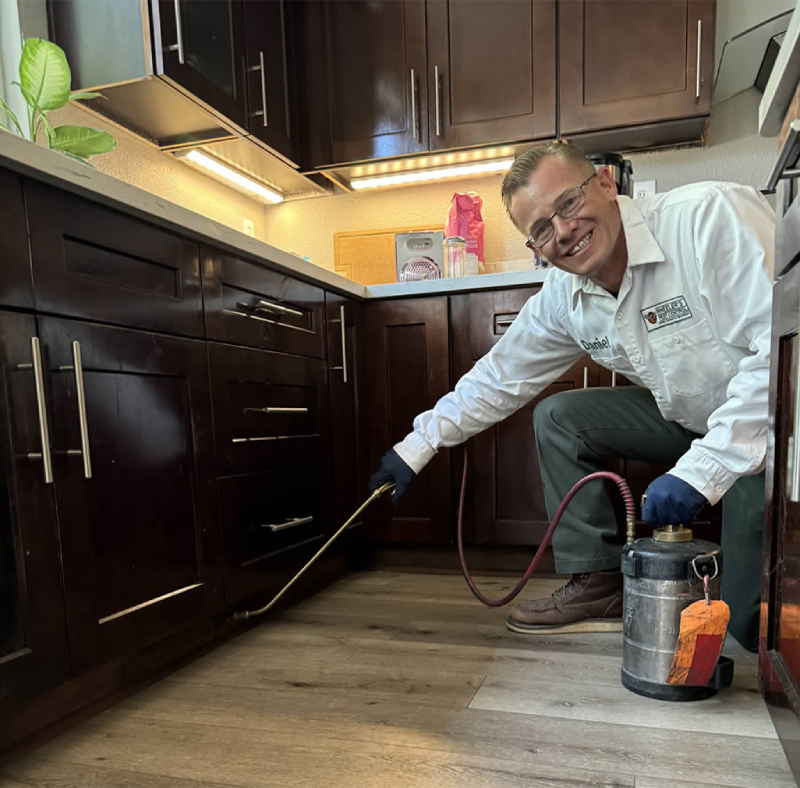Menu

By David B Wheeler
Insecticidal soaps have been used as insecticides since the late 1700s and perhaps even earlier. These soaps were made with fish-oil combined with sodium or potassium. Some were made with whale oil until recently, when public awareness that whales were endangered curtailed their use. Vegetable oil-based soaps, which did not have as disagreeable an odor as the fish-oil soaps, were made with coconut, corn, linseed or soybean oil. “Green Soap,” a potassium/coconut oil soap used widely as liquid hand soap was widely used as hand soap in public restrooms years ago, has been used to control soft-body insects such as aphids.
Most of the research on and use of insecticidal soap stopped abruptly during World War II due to the increased availability of inexpensive chlorinated hydrocarbons pesticides, such as DDT, which has broad toxicity and a long residual property. They became the rage at that time. The soaps, though virtually nontoxic to humans, were relatively short-lived and could not last as long and could not match the persistence of the chlorinated hydrocarbons. Unfortunately, the long-term human and environmental effects of those products were not understood.
The way these soaps work is based on there ability to reduce the ability of water to bead. Soaps reduce water tension which allows it to penetrate porous material. You can see water bead up on some surfaces but if you took a straight pin, dipped it in dish soap, then touch a bead of water, you’d see the bead disperse over that surface. By adding fatty acids to the soapy water, the mod of action is the soap helps penetrate an insects covering and the fatty acids dissolves into the membranes around the cells of the insect. This results in the dehydration and death of the insect.
One problem you have with this insecticide is that it can also penetrate the protective coatings of plant tissue and cause the dehydration and death of the plants.
David Wheeler, DAVID WHEELER’S PEST CONTROL
Guys came on time did their job in a very professional way and we are very happy with their service.
Company is on top of their game David showed up to get are gophers. came out three days in a row haven’t seen a go for since
Joseph is a great ambassador for Wheeler's pest control, and a shout out to Daniel for dealing with my crazy schedule. Thanks guys!
A local business that everyone should support. All techs are knowledgeable, professional! FYI, they are also great w/ eradicating gophers as well!!